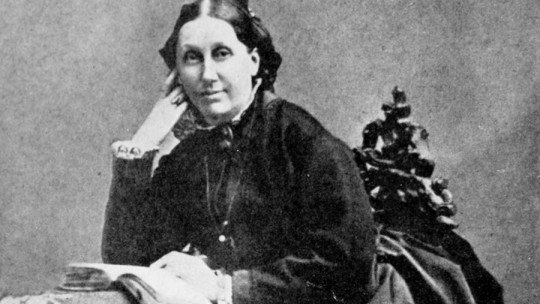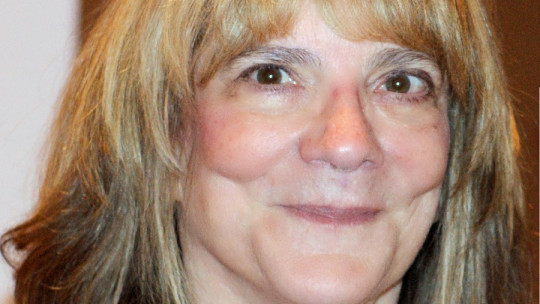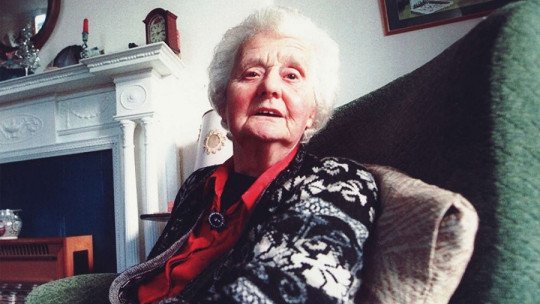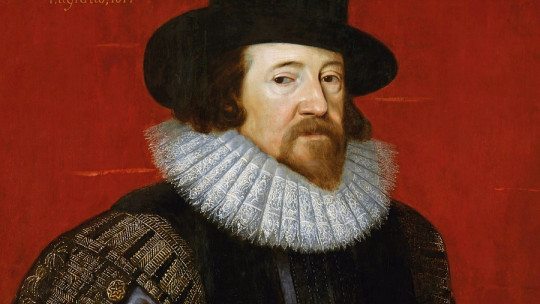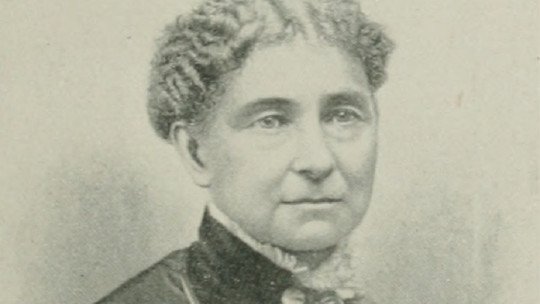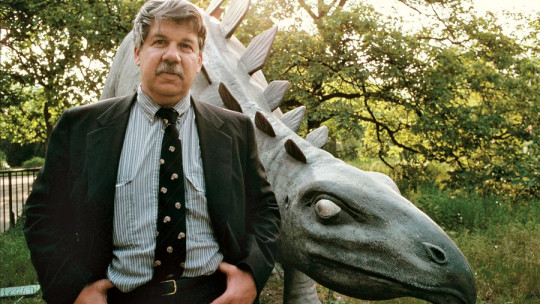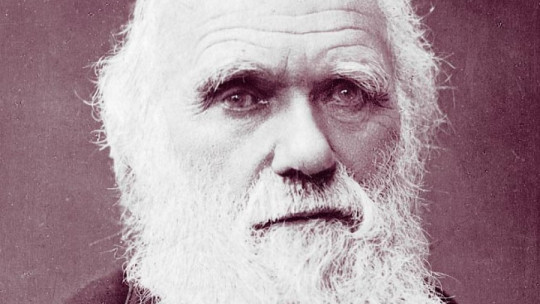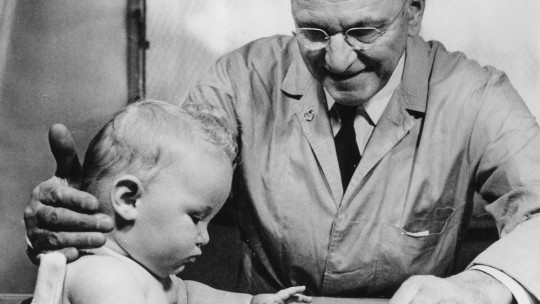When Elizabeth Cabot Cary was a child, the humanistic education she received at home from a governess did nothing to suggest that, once an adult, she would dedicate her efforts to natural history and become one of the most famous naturalists in the United States. Everything changed when, in 1850, she married Louis Agassiz, a Swiss scientist who had come to America to study the fauna and flora of the immense continent.
Together with her husband, Elizabeth, now known as Elizabeth Cabot Agassiz, she developed a frenetic activity, which led them to explore the nature of the Brazilian and Pacific coasts, as well as promoting an unprecedented female educational activity. In today’s article, you will find a biography of Elizabeth Cabot Agassiz one of the pioneering women in the study of natural history.
Brief biography of Elizabeth Cabot Agassiz, pioneering naturalist and educator
Elizabeth Cabot Cary was born in Boston, Massachusetts, in December 1822 She was part of an extended family of numerous siblings, where boys and girls were educated in an egalitarian ideology regarding the rights of men and women. Therefore, throughout her life, in addition to being keenly interested in natural history, Cabot Cary (Agassiz once married) dedicated herself fully to encouraging female education, a crucial task in a society where women were still not allowed access to higher studies.
Humanistic education and scientific vocation
Little Elizabeth’s poor health prevented her from going to school. She was educated in the family home with a governess, who imbued her with humanistic knowledge There was nothing to predict, therefore, that the very young Elizabeth could ever feel attracted to something other than letters, drawing and music.
Around 1850, Elizabeth established a relationship with the circle of her sister, who had married a professor at Harvard University. It is in this cultured and erudite environment where she meets Louis Agassiz (1807-1873), a Swiss scientist who had emigrated to the United States to study in depth its flora and fauna and who was teaching at the university at that time. Agassiz was a widower and had three small children. The love was instantaneous, and the two married in April 1850. From then on, Elizabeth’s scientific vocation began, as, through her husband, she came into contact with natural history and discovered her passion for this type of study.
Elizabeth Agassiz’s instruction was unstoppable. Louis taught her everything there was to know about natural history, and she assimilated his lessons with genuine enjoyment. However, She never left aside her strong will to develop a true study program for the women of her country In 1855, and helped by her husband, she founded a girls’ school in her family home, where Louis himself, along with some colleagues from Harvard, would teach classes for several years. Classes that, by the way, an Elizabeth eager for knowledge and knowledge attends.
A true and inseparable team
Unfortunately, the Agassiz educational project was interrupted by the outbreak of the Civil War. In 1863, given the unstable war situation, the school was forced to close. But that does not mean Elizabeth abandons her intellectual activity. It is impossible to imagine this woman as a mere housewife who remains, calm and collected, in her home She soon began to collaborate in her husband’s work and expeditions, and her help was invaluable for her scientific production.
One of the couple’s most important expeditions is the one they made, between 1865 and 1866, to Brazil. Elizabeth faithfully accompanies Louis and writes down all the impressions of the trip, both his and her own. Their conscientious compilation work allowed the book A Trip to Brazil to be published in 1869, an exhaustive work in which the couple collected the fauna and flora of the country, as well as the customs of the society and its culture.
In those years, Elizabeth was already well known in the intellectual circles of the northern United States. The same year of publication of A Trip to Brazil, she was named a member of the American Philosophical Society and thus becomes one of the first women to receive this distinction.
Tireless fighter and intellectual
With Agassiz’s children from his first marriage, Elizabeth always had a great relationship. In fact, Alexander Agassiz, with whom she collaborated on the book Coastal studies (1865), spoke of her as “his mother, his sister and his friend.” Truly, the stepmother was an immeasurable support for Louis’ children, and presumably Elizabeth, who had no biological children, loved them as her own. In 1871, the United States government decided to carry out a marine expedition, the Hassler Expedition, and Louis Agassiz, his wife and some colleagues were commissioned to organize and carry it out. The journey took them along the entire coast of Brazil and through the Strait of Magellan, a trip that brought great knowledge to the scientific couple.
Unfortunately, a year after her return from the trip, in 1873, Louis Agassiz died, an event that devastated Elizabeth, who had formed a tandem with her husband not only emotionally, but also professionally. However, despite the pain, our protagonist was not afraid and, Far from remaining, as a widow, in the family home, she continued carrying out projects related, especially, to the education of women
The fight for female education
Along these lines, Elizabeth actively collaborated in the projection and founding of the famous “Female Annex” of Harvard University, with the objective of guarantee women access to higher education The institution, which was founded in 1879, received the name of Anne Radcliffein honor of the first woman to grant scholarships for students, in the distant year of 1643.
Elizabeth’s literary activity did not decline in her later years either. In 1885 she published a biography of her husband in two volumes, in which she summarizes her life and her scientific achievements. The already elderly educator combined her activity as a writer with the direction of the newly founded Harvard women’s institution, of which she was director for several years.
In 1903 he had to retire from the professional scene due to his health. Finally, on July 27, 1907, he died of a brain hemorrhage in his native Massachusetts. Her family dedicated a biography to her, which was published years later, in 1917, with the help of the institution to which she had given so much, the Radcliffe College
Elizabeth Cabot Agassiz was an exceptional woman who became one of the pioneers in promoting female education, in addition to collaborating closely with her husband in his scientific activity. She is, therefore, one of the many forgotten women who need to be vindicated.

